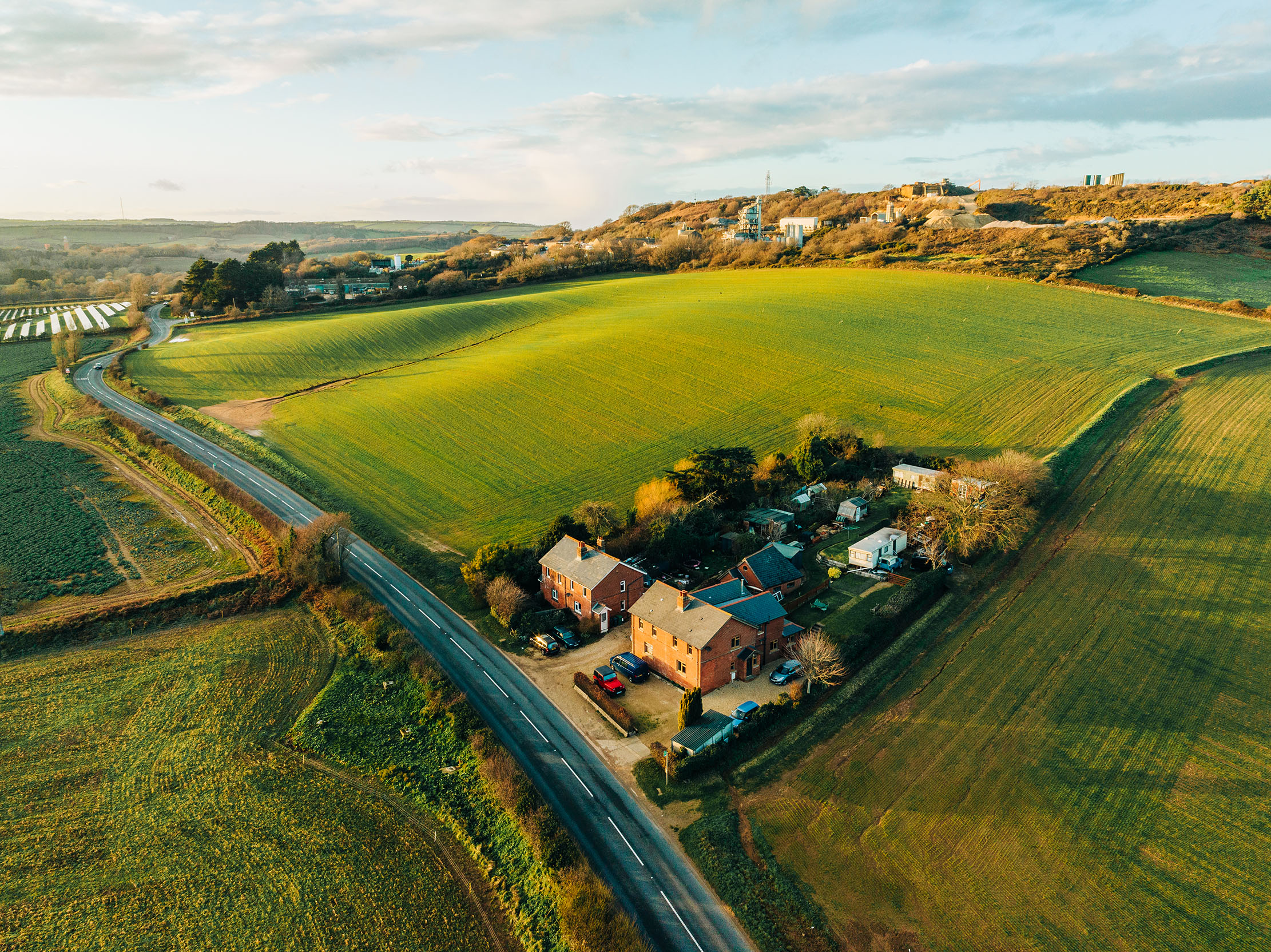'Flipping homes' makes a comeback with biggest numbers since 2007 — but is it already too late to get in on the act?
The recent growth in house prices and the stamp duty holiday have fuelled an increase in the number of homes being snapped up, renovated and sold quickly, discovers Annabel Dixon. But will it last?


Have you watched George Clark’s Flipping Fast? The show follows amateurs develop properties ‘with the aim of making the biggest profit over 12 months’, according to Channel 4. It may inspire you — or well and truly put you off.
Away from the cameras, ‘flipping’, the practice of buying property, typically renovating it, then selling it, all within a small window, has had a resurgence.
The number of homes that have been snapped up and then sold within 12 months hit 26,340 last year — the highest number since 2007 after which the financial crisis unfolded. The numbers — which come via the estate agent Hamptons — account for 2.3% of all homes sold in 2022, back to the pre-pandemic levels of 2019, though well short of the 3.7% seen before the banking crisis a decade and a half ago.
Where are the ‘flipping’ hotspots?
The north east of England topped the charts on a regional basis, with flipped properties accounting for 3.8% of all sales last year. But ‘flippers’ in this neck of the woods made the lowest cash returns (£26,230).
Flipping has been focused in the north in recent years, with investors attracted by more affordable property. One fifth of homes flipped in the north east in 2022 were purchased for less than £40,000 and therefore stamp duty-free, reveals Hamptons.
At the other end of the spectrum, while London had the lowest proportion of property flips at 1.6%, it generated the highest returns — an average £93,730.
However, Wales was crowned the most profitable region proportionally last year, with flippers typically making a 39% (£42,310) gain. This was largely driven by strong house price growth in Wales since Covid.
Exquisite houses, the beauty of Nature, and how to get the most from your life, straight to your inbox.
Burnley in Lancashire was the flipping hotspot at a local authority level. It’s held the title for seven out of the past eight years (though Hartlepool in County Durham took the top spot in 2021). Some 7.9% of properties sold in Burnley in 2022 had been bought during the previous 12 months, with flippers making an average return of 43% (£22,790).
Looking at the top 20 local authorities for flipping, South Ribble in Lancashire generated the highest monetary returns, at £44,460 (29%). But Hyndburn, also in Lancashire, was the most profitable location proportionally, where flippers secured a whopping 60% (£39,350) average increase in value.

What’s driving the rise?
The stamp duty holiday helped to fuel the rise in property flipping, according to Hamptons. Under the tax break, the threshold at which stamp duty kicks in was temporarily increased from July 2020 until October 2021. It meant that during this time spell, flippers could make tax savings when they bought a property. The estate agent’s research shows that 44% of homes flipped last year were bought between January and October 2021 — coinciding with the stamp duty holiday.
Many flippers also benefitted from the post-Covid surge in house prices. Halifax research released earlier this year showed that UK property values had climbed by 20.4% (£48,620) over the last three years.
And people who flipped property in 2022 bagged the highest returns to date, with the average difference between the purchase price and the sale price last year standing at a cool £42,800 (27%), according to Hamptons. That’s a nice tidy sum.
‘The stamp duty holiday offered an olive branch to flippers, who up until then had been relatively scarce in number compared to the heydays predating the 2008 financial crash,' explains Aneisha Beveridge, head of research at Hamptons.
'Whilst the holiday meant that they benefitted from savings on their buying costs, they were also able to capitalise on soaring property prices in the wake of the Covid pandemic.’

What’s the outlook for flipping property?
It’s fair to say that housing market dynamics are quite different today. Buyers face higher interest rates (which underpin mortgage prices) and the prospect of house prices potentially stalling and falling.
Material and labour costs have also increased. Almost nine in 10 (87%) builders reported a rise in material costs, according to a recent survey by the Federation of Master Builders (FMB). And at least one in three FMB members are struggling to hire carpenters, joiners, bricklayers and general labourers.
Put simply, flipping is likely to be significantly harder now, according to Hamptons.
Beveridge says: ‘A cocktail of higher borrowing costs and higher inflation add to overall expenses. And coupled with the fact that property prices are falling in some areas, it whittles down the chances of making solid returns. This is why we expect the number of flipped homes to fall relatively sharply in 2023, with only the shrewdest investors able to make the sums add up.’

